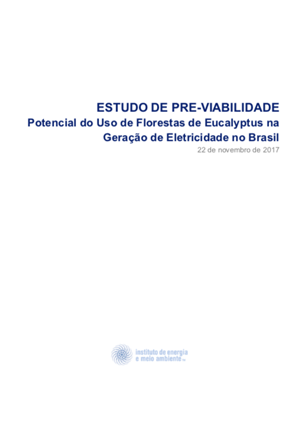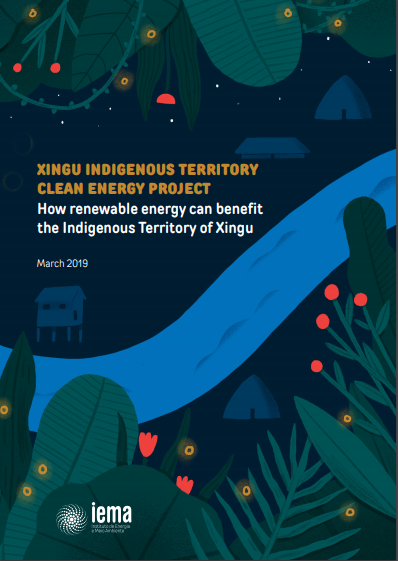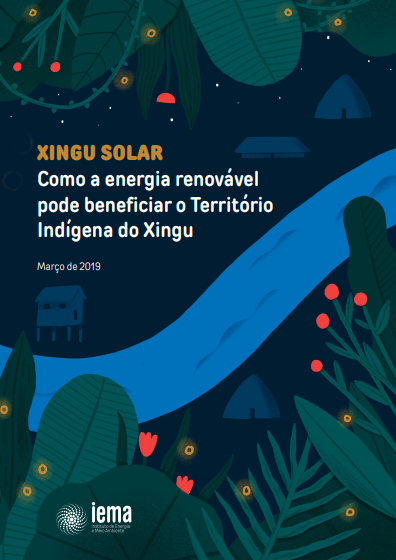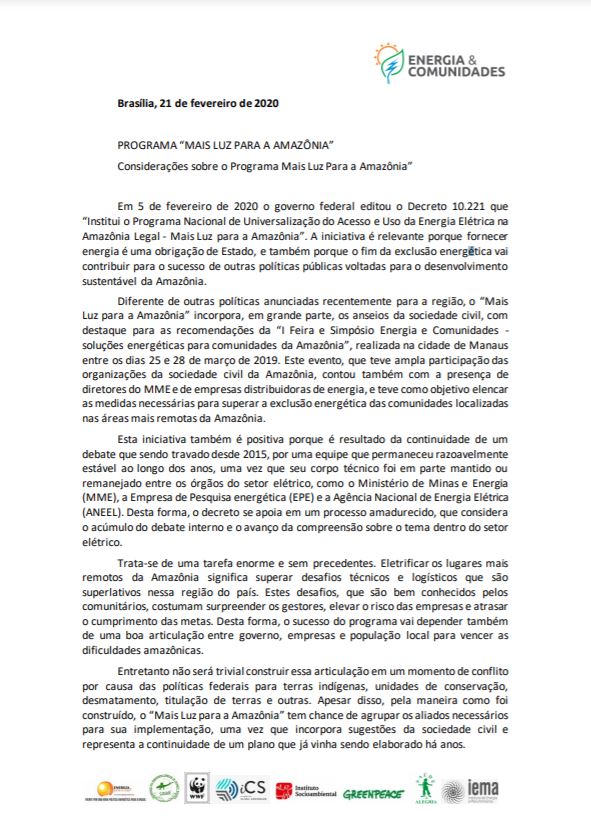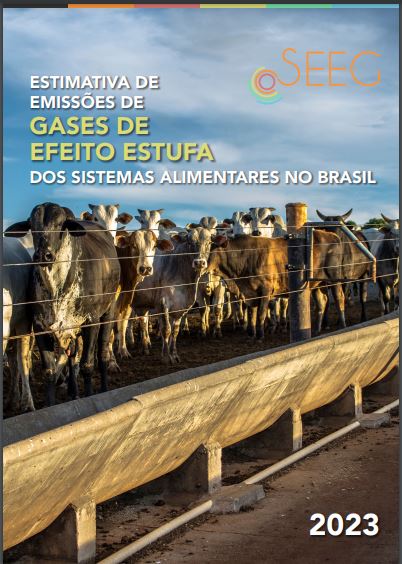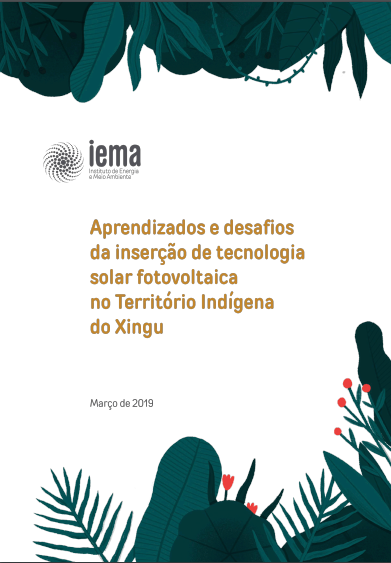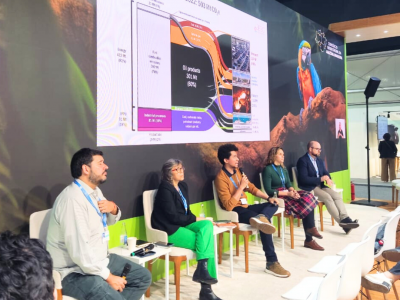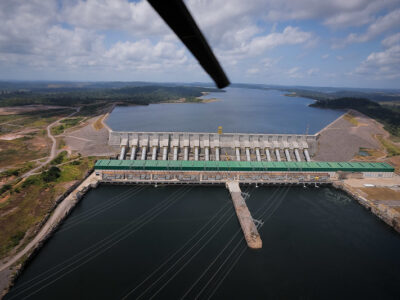[Energy Auction Bulletin] Fourth Edition
The privatization of Eletrobras’ thermal power plants exacerbates Brazil’s socio-environmental problems
According to the new Energy Auction Bulletin released on September 28th by the Institute of Energy and Environment (IEMA), the new thermal power plants to be contracted in the next energy capacity reserve auction (LRCE-2022) on September 30th will emit 5.2 million tons of CO2e per year. This is associated with the entry of 2 gigawatts (GW) into the Brazilian electric grid by the end of 2026. This emission amount is equivalent to almost 30% of all emissions from public service gas-fired power plants in the country in 2020. For more information, you can read the bulletin here.
This auction is unique because it is the first one held to comply with Law 14.182/2021. This law mandates the hiring of thermal power plants that will start operating between 2026 and 2030. Although the auction concerns the privatization of Eletrobras, the definitive version of the text includes the so-called “jabutis” (an allusion to the saying “jabuti doesn’t climb trees”). These “jabutis” require the admission of at least 50% of the demand from auctions for Small Hydroelectric Power Plants (SHPPs) and a total of 8 GW from natural gas-fired power plants, in addition to the opening of the state-owned company’s capital.
This marks the first time that power plants, except for specific projects such as the Belo Monte, Santo Antônio, and Jirau hydroelectric power plants, will be contracted in pre-established regions. The North Region will have up to 1,000 MW, Maranhão will have 300 MW, and Piauí will have 700 MW. It is worth noting that these thermal power plants will operate full-time, which is a departure from the past practice in Brazil when they were only activated during water crises or peak demand to save the reservoirs of hydroelectric power plants. This full-time operation of thermal power plants reduces the space for participation of other energy sources. It is important to remember that renewable energies, such as solar and wind power, are cheaper than thermal power plants.
Moreover, this auction establishes an even higher price compared to recent ones. According to the Energy Research Company (EPE), 37 projects with a total capacity of 11,889 MW have registered for the auction, with a requirement of a cost lower or equal to R$ 440.00/MWh. The previous limit was R$ 400/MW. Additionally, participating projects must be in regions without gas pipelines or liquefied natural gas (LNG) terminals, which are crucial for supplying thermal power plants.
Depending on the location of the power plant, up to R$ 10.7 billion may be required to construct 1,258 km of pipelines, covering right-of-way strip of 25.16 km² (equivalent to more than 2500 soccer fields). These projects will have a direct impact on land use and will increase greenhouse gas emissions (GHG). Additionally, there is a risk of making the electrical grid more reliant on imported fuels, such as LNG, which are subject to international price fluctuations and indexed to the dollar. The consequences of this choice have already been reflected in the electricity bill for 2021.
Under 15-year contracts, LRCE’s power plants are expected to release 77.6 million tons of CO2e into the atmosphere by 2042: 38.8 million from the North Region; 27.2 million from Piauí; and 11.6 million from Maranhão. Law 14.182/2021 requires a total of 2.5 GW to be contracted in the North Region, 2.5 GW in the Midwest Region, 2 GW in the Southeast Region, and 1 GW in the Northeast Region. These regions are expected to emit 310 million tons of CO2e by 2045.
Thermal power plants emit gases and particles that have negative effects on human health and the environment due to burning fuels. Pollutants such as particulate matter (PM), carbon monoxide (CO), nitrogen oxides (NOx), and sulfur oxides (SOx) are among the most notable. Some of these pollutants react in the atmosphere, leading to secondary pollutants like tropospheric ozone (O3). Air quality degradation has been linked to respiratory, cardiovascular, and neurological diseases, as well as several types of cancer. However, there are no operational air quality monitoring stations in the areas where power plants are authorized to operate, which means that pollutant concentrations data is not available to society.
Investing in thermal power plants that will continue to operate until at least 2042 comes with additional costs for gas pipelines compared to other, less expensive energy options for supplying the largest load centers in the country. Moreover, it is an energy source that will make more difficult to achieve the necessary decarbonization of the Brazilian energy matrix, especially given the global energy transition scenario.
Another important and concerning factor is the difficulty in finding technical and licensing information about the generating units participating in the auction. As of September 22, 2022, the date of completion of this bulletin, it was impossible to find information about the licensing of seven out of the 33 generating units qualified for the auction. For those in which the licensing process was found and some document was issued, only the Environmental Licenses of 13 units are available for download. For only 5 of them was it possible to access the Environmental Impact Study of the projects to be built. “The absence of more detailed information on the technologies employed in the projects, their location, and water use, among other data, makes the evaluation of environmental impacts challenging and incomplete both by the government and by civil society,” emphasizes Raissa Gomes, a researcher at IEMA.
About the Energy Auction Bulletin
This is the fourth publication by the organization about energy auctions. The purpose is to analyze the implications of competing projects regarding their environmental attributes, such as greenhouse gas (GHG) emissions, local pollutants, water usage, compliance with licensing requirements, and adherence to the electrical grid. The goal is to alert the population and government officials about potential issues.
